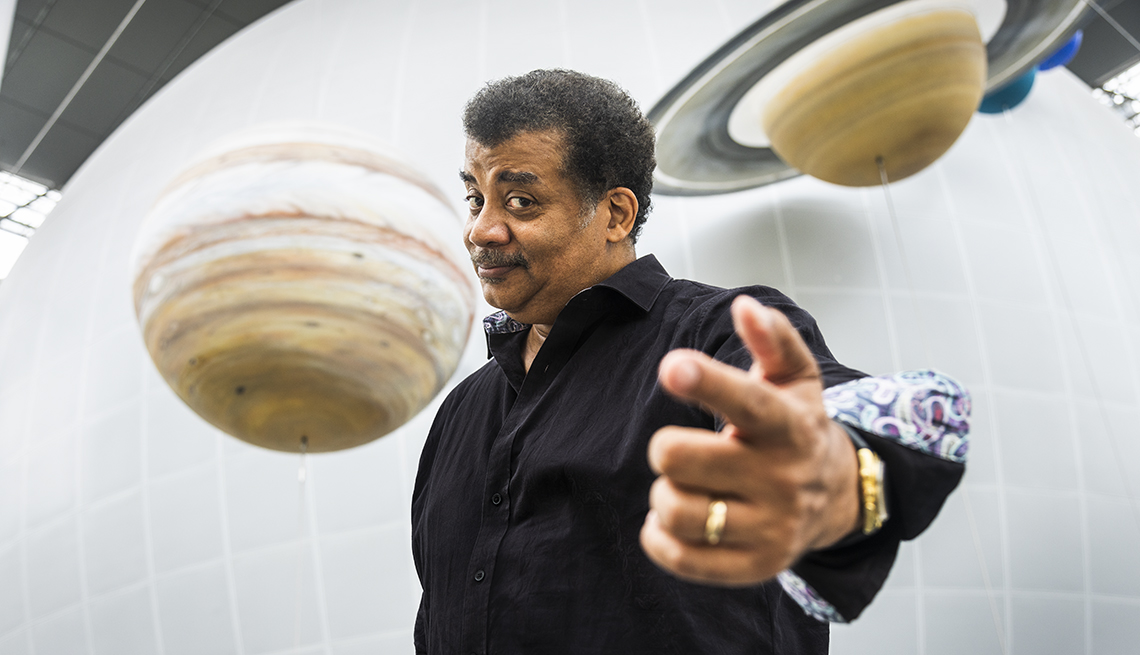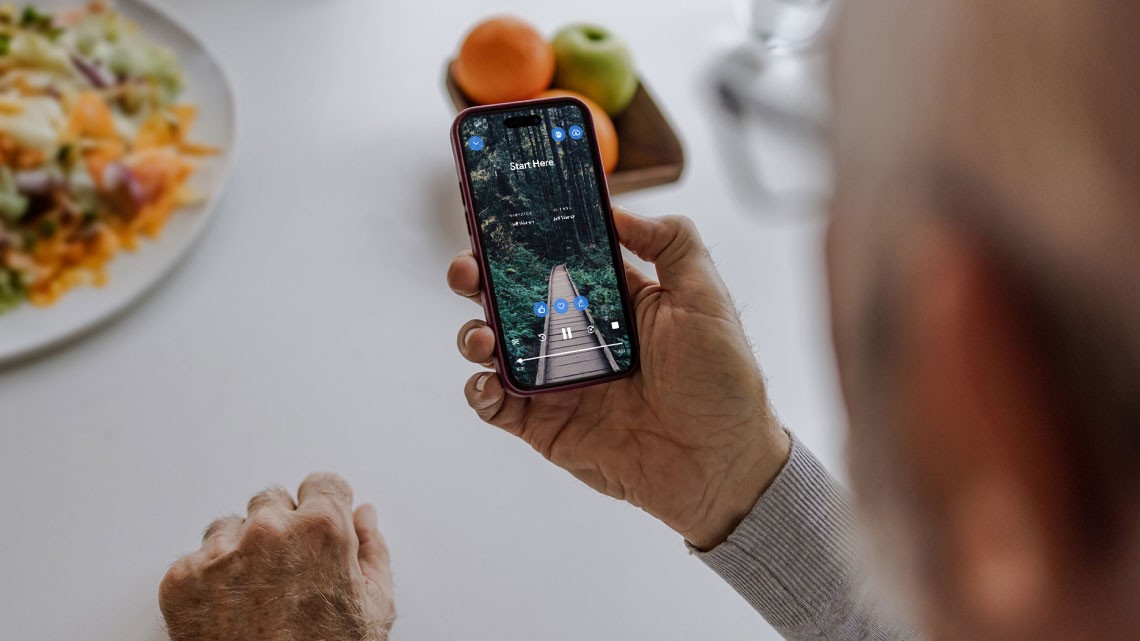Staying Fit
We’re in economically difficult and divided times. Why should we care about astrophysics?
The cosmic perspective may be the greatest outlook anyone can acquire in life. Seeing into space — metaphorically, physically, romantically. What history has shown is that when you are granted a perspective bigger than the one you had been harboring, you end up thinking differently about the world — for the better.
Why did you write your new book, Starry Messenger?
I wrote [it] to try to improve the world, by asking of people that before they get into their next argument, consider perspectives and points of view that they perhaps never knew existed. Those extra points of view might soften the edge of the arguments. It might enable people to see the world from a new place.


AARP Membership— $12 for your first year when you sign up for Automatic Renewal
Get instant access to members-only products and hundreds of discounts, a free second membership, and a subscription to AARP the Magazine.
As director of the Hayden Planetarium in New York City, you “demoted” Pluto to a dwarf planet. What’s the fallout?
The biggest fallout was with elementary school children who had to memorize the planets in order from the sun. This somehow disrupted the stability of their worldview. I have a cabinet of hate mail from third graders!
What drives your passion to popularize ideas like these?
Reaching to the public is not so much the goal as it is a duty. Most of what we all do in astrophysics is based on money that taxpayers supply, because we run on grants from the agencies that enable us to do the research. I feel like taxpayers ought to know what we’re doing. If I can communicate in a way that can impart enthusiasm [for research] in the listener, then I would be irresponsible if I did not.
What does Carl Sagan’s legacy mean to you?
While I revel in pronouncing the word “billion” the way he did, I can only really be myself. I first met Carl Sagan as an ambitious kid trying to become a scientist. There have been three Cosmos [TV shows]. I had the privilege of hosting two, one in 2014 and one in 2020. Writer Ann Druyan [Sagan’s wife] is the secret sauce of Cosmos. Almost every scene that moves you in some way, Ann was deep in the middle of.
Do you see human missions to Mars in the next 20 years?
No.
What? We’re not going?!
It’s not a matter of technology. We have 10 rovers on Mars right now. My read of history tells me that to accomplish something as expensive and as dangerous as that will require either a geopolitical force operating it or some major and obvious and ever-present financial return. Until those things are realized, I don’t see it happening.
What do you think of private entrepreneurs like Elon Musk and Jeff Bezos getting into space technology?
They should have done it decades ago. Space tourism — that’s a way to make money. Go right ahead. There are plenty of rich people. If you sell one seat for $200,000, there would be a waiting list. Multiple launches per year could reduce the cost to $10,000. I would forgo several vacation trips to take that trip to orbit the Earth.






































































